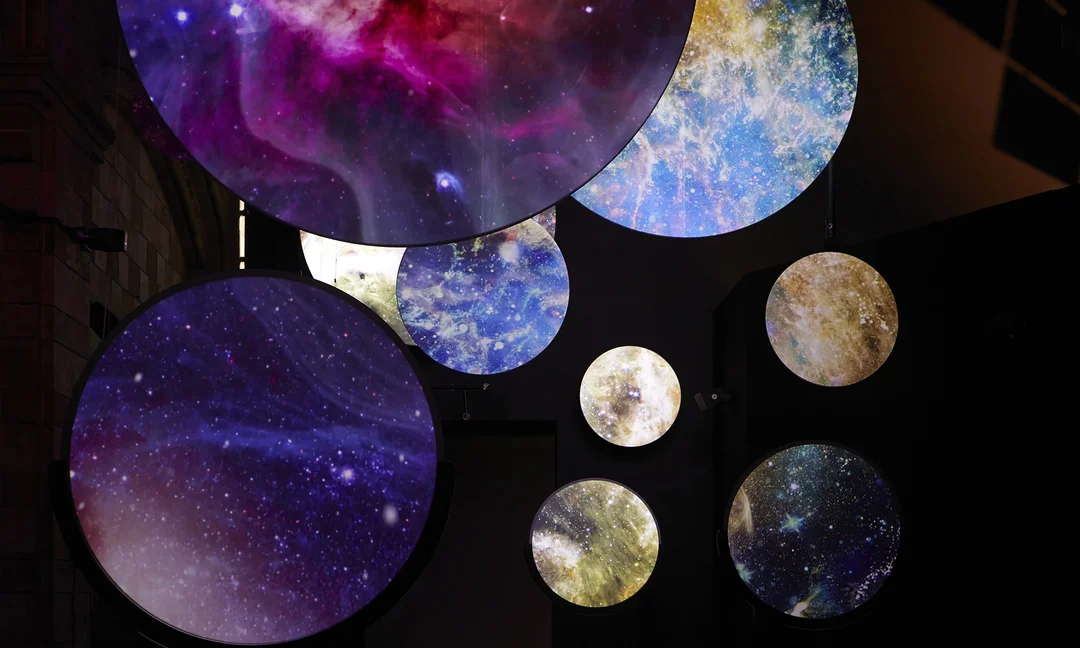
Is There Life Beyond Earth? Natural History Museum’s Exhibition Explores the Possibilities
The question of whether we are alone in the universe has captivated humanity for centuries. Now, the Natural History Museum in London is tackling this very question with its new exhibition, Space: Could Life Exist Beyond Earth? This immersive experience invites visitors to explore the potential for life beyond our planet through interactive displays, rare specimens, and even the chance to touch pieces of the Moon and Mars.

The exhibition doesn't just focus on the big questions of alien life; it also highlights the extreme conditions in which life can thrive on Earth. By examining these environments, scientists gain insights into where life might exist elsewhere in the solar system and beyond. From deep-sea hydrothermal vents to the icy moons of Jupiter and Saturn, the possibilities are vast and intriguing.
Icy Moons: A Promising Frontier
Several experts suggest that the icy moons of Jupiter and Saturn are prime candidates for harboring life. Sinead Moran, the exhibition lead, emphasizes the potential of these worlds with icy crusts and liquid oceans beneath. Professor Caroline Smith echoed this sentiment, highlighting the importance of liquid water for life as we know it. Missions like the European Space Agency’s JUICE and NASA’s Europa Clipper are set to explore these icy moons, seeking evidence of life-supporting conditions.
Mars: The Red Planet's Secrets
Of course, no search for extraterrestrial life would be complete without a focus on Mars. NASA's Perseverance rover is currently on the Martian surface, searching for chemical and physical biosignatures. While the rover has found a rock dubbed Cheyava Falls with the "weakest possibility of life signal", the hunt for conclusive evidence continues. The exhibition also features a true-scale model of the European Space Agency’s Rosalind Franklin rover, which is expected to launch to Mars in 2028 and drill down to a depth of 2 meters (6 feet) for the first time.
Touch a Piece of Space
One of the most unique aspects of the exhibition is the opportunity to touch actual pieces of space. Visitors can handle fragments of an asteroid, the Moon, and even Mars, offering a tangible connection to the cosmos. The exhibition also features the Winchcombe Meteorite, which landed on a British driveway in 2021, providing scientists with valuable insights into the building blocks of life.

Beyond Mars and icy moons, scientists are also exploring other potential habitats for life, including the clouds of Venus and the ocean beneath Pluto. The exhibition also touches upon the search for technosignatures, using instruments like LaserSETI to detect potential signals from advanced civilizations.
The Space: Could Life Exist Beyond Earth? exhibition at the Natural History Museum is open until February 2026. It offers a fascinating and thought-provoking exploration into one of humanity's most enduring questions. What do you think? Are we alone in the universe? Share your thoughts in the comments below!